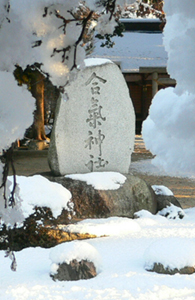Aikido

“There are no winners in a fight”
The main principle of Aikido is merging with attacker's movements and energy; control, immobilization and disabling follow-up attack. An Aikidoka never uses aggression and force but relies on Aikido techniques such as throws, attacks on vital points or joint-locks techniques. These techniques can ward off the attack and prevent the attacker from further aggression.
The History of Aikido
The first mentions of Aikido roots can be found in the 11th century. Then the samurai Yoshimitsu Shinra Saburo Minamoto dissected and analyzed criminals' and soldiers' corpses in order to understand the human anatomy. His combat style Daito ryu jujutsu was based on his findings. Later all the family moved to Takeda in the Kai province, where they settled for several centuries.
Originally, Daito ryu was developed for the fight with the sword and spear, the empty hands technique was the secondary martial art those days. Over the time empty hand techniques has got into foreground.
Sokaku Takeda
Sokaku Takeda lived at the end of 20th century. That period was characterized by Meiji. Those days
During his life he had many excellent students, among others Morihei Ueshiba, who later gave rise to Aikido.
Nowadays there is a trend to perceive Aikido as a health program and the efficiency of techniques is less and less stressed.
However, the techniques accuracy and dynamics presented in Iwama ryu proves that Aikido is not only an aerobic exercising but above all a martial art.